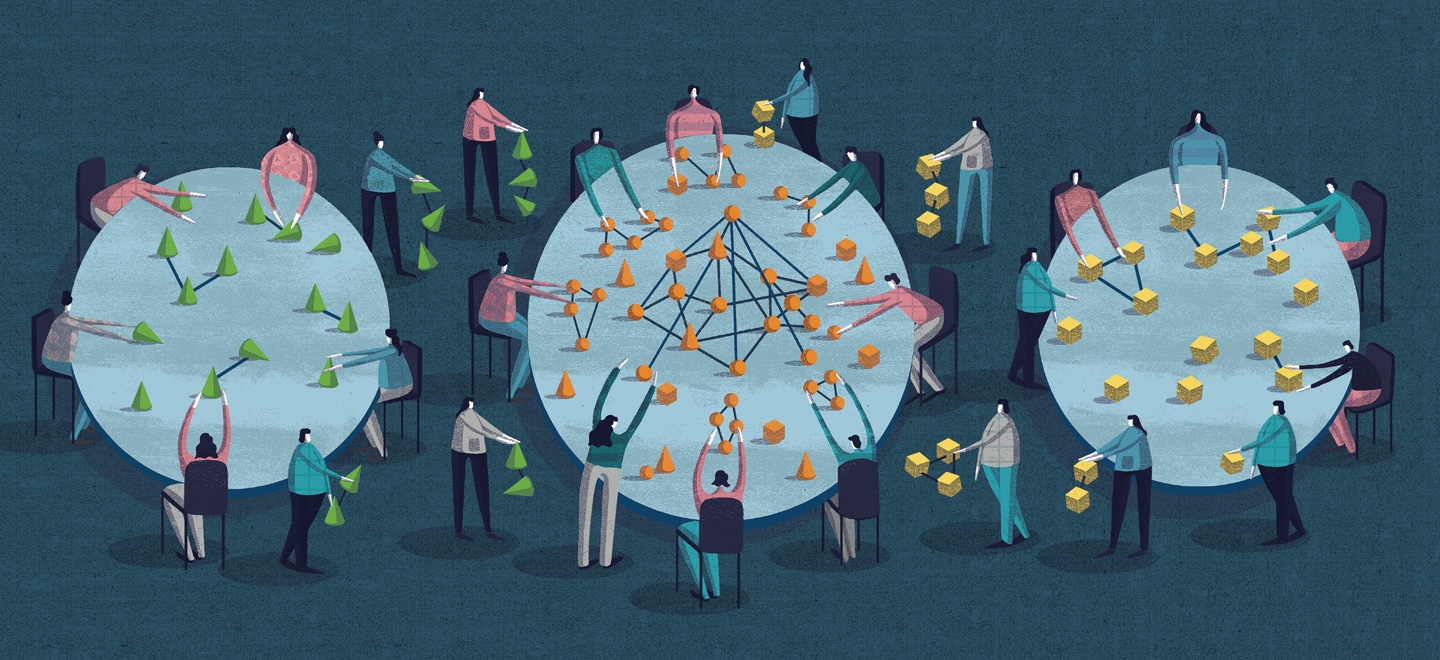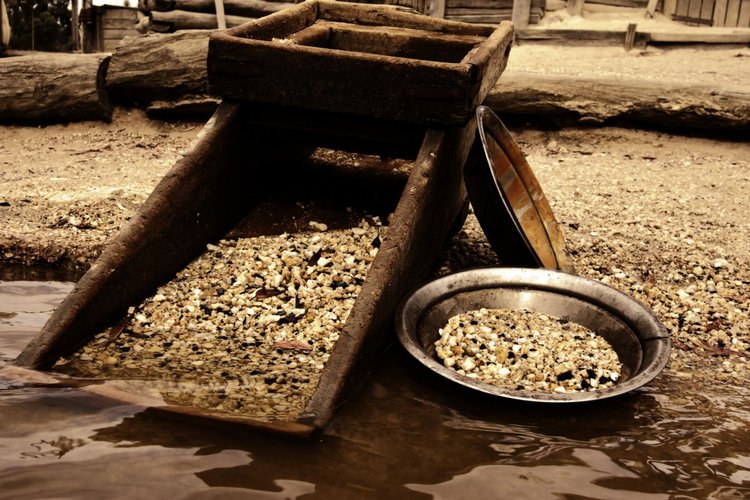Ever wonder where the coffee in you drink in the morning, the rice at lunch or the cashew in your favorite snack come from?
Chances are they were produced by one of the 500 million farmers in developing countries and got to you through a long and complex supply chain. Whether the farmer comes from Colombia (coffee), Cote d’Ivoire (cashew) or Vietnam (rice) they are likely to share one thing in common: an unfair share of profits generated from over a trillion dollars in global trade of agricultural commodities.
Why?
Nature and structure of competition in commodity supply chain
The answer lies in the nature of competition along the commodity supply chain. The further downstream (closer to consumers) a player is the greater the bargaining power. So the retailer has more bargaining power than the wholesaler/distributor who in turn has more power than the importer, exporter, processor, aggregator and so on. The smallholder farmer, being at the most upstream position in the supply chain, often is the most vulnerable to any commodity price shock.
Source/More: What Binkabi is trying to solve – The Binkabi Blog

















